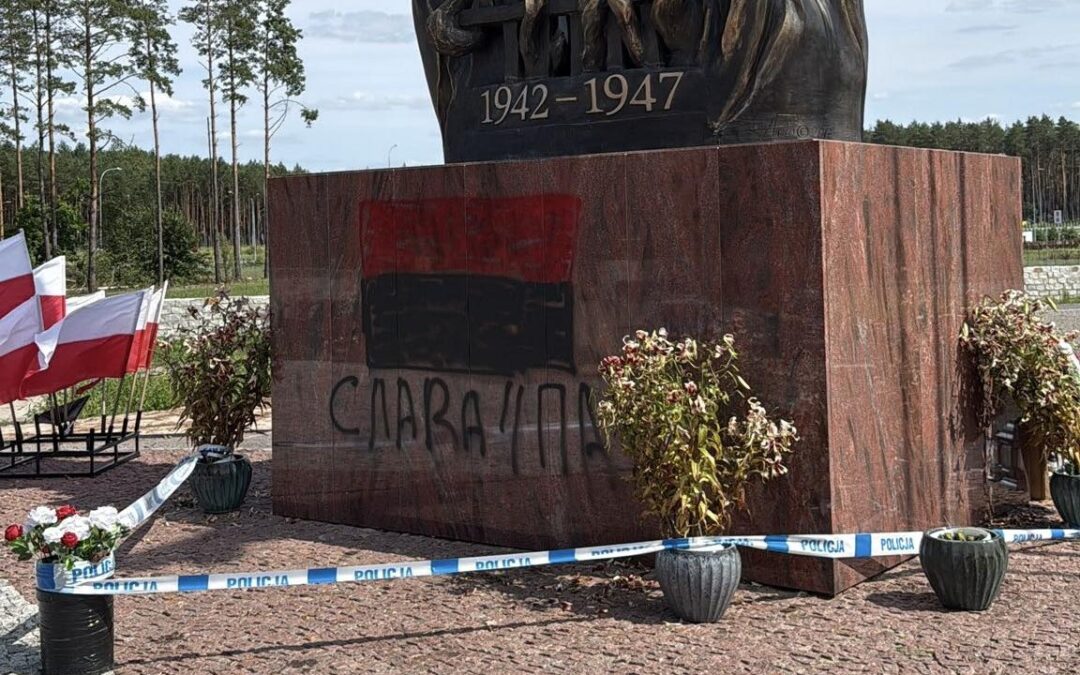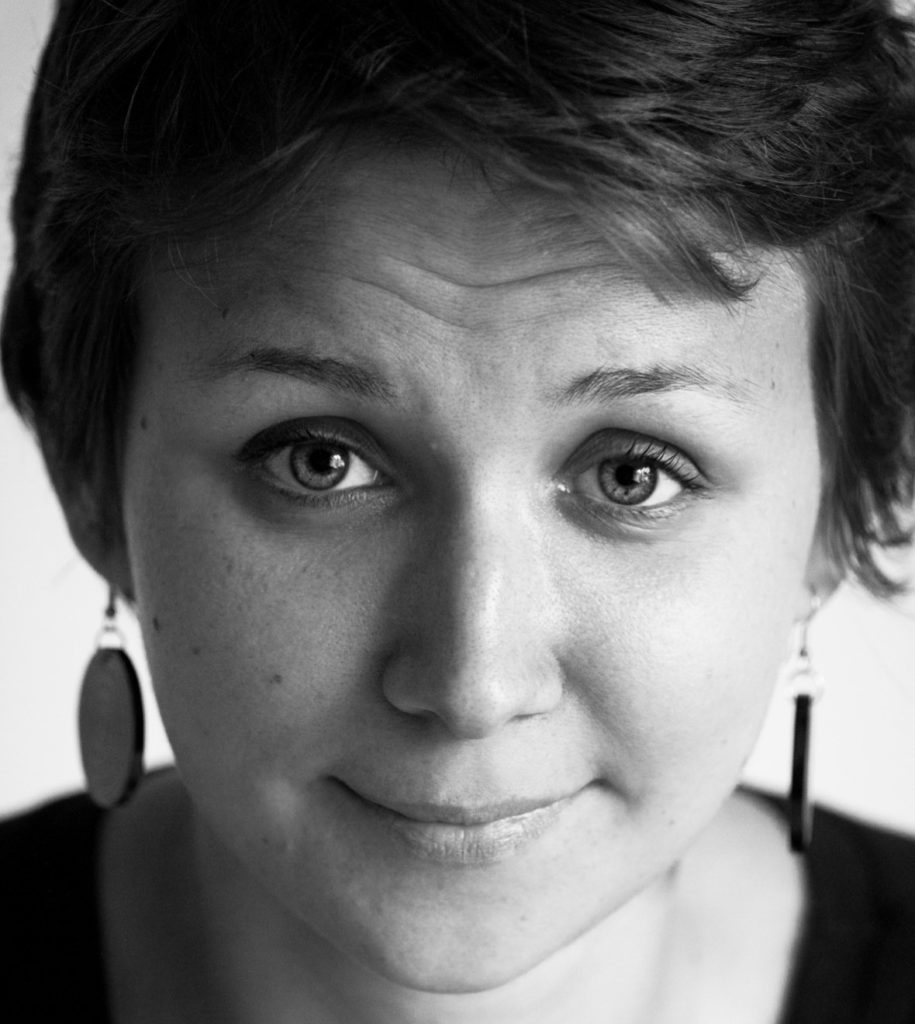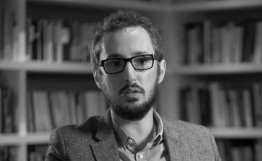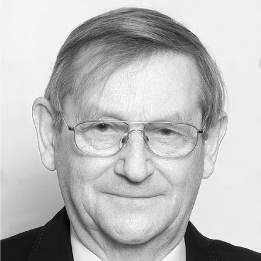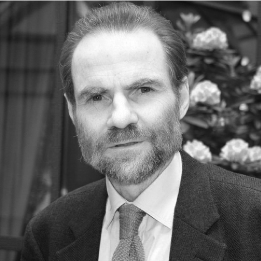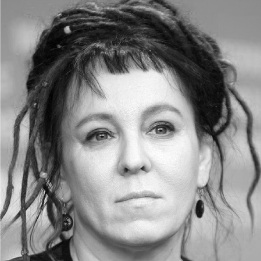The Polish Ministry of Foreign Affairs has criticised Netflix for a map of German Nazi camps in occupied Poland that appears in the new documentary series The Devil Next Door. A deputy justice minister has suggested launching legal action against Netflix over the issue.
The first episode of the documentary – which is about Ukrainian-American John Demjanjuk, who is accused of having been a guard at the Treblinka camp – features a map depicting a number of Second World War extermination and concentration camps.
However, the map shows the postwar borders of Poland and some other countries, while the voiceover talks of the Treblinka camp being “in Poland”, with no mention of the German occupation.
.@Netflix, stay true to historical facts!
During the time which the “The Devil Next Door” series describes, Poland’s territory was occupied, and it was Nazi Germany who was responsible for the camps. The map shown in the series does not reflect the actual borders at that time. pic.twitter.com/W5i8C9THo3
— Ministry of Foreign Affairs ?? (@PolandMFA) November 10, 2019
“During the time which the series describes, Poland’s territory was occupied, and Nazi Germany was responsible for the camps,” said the foreign ministry. “The map shown in the series does not reflect the actual borders at that time.”
Deputy Justice Minister Sebastian Kaleta responded to the controversy with a threat of legal action against Netflix. He promised to discuss the matter on Tuesday with officials from the Institute of National Remembrance (IPN), a state institution that has prosecutorial powers.
Kaleta suggested that “unpleasant incidents” such as these are precisely why the government has created “tools for protecting Poland’s good name”.
Reuters quoted a Netflix spokesperson, who said they were “aware of the concerns regarding “The Devil Next Door” and are urgently looking into the matter.”
Last year, the government passed a law criminalising those who falsely ascribe blame to Poland for German Nazi crimes. Parts of the legislation were later withdrawn, but the law still allows civil action against those who, even abroad, harm “the good name of the Republic of Poland or Polish nation” with regard to their history.
Agreement (Porozumienie), one of the parties that makes up Poland’s ruling camp, also condemned the series: “Viewers have been misled. The lack of appropriate commentary means that without knowing the historical reality of our part of Europe they get the message ‘During the Second World War, in their own country, Poles set up death camps’.”
The party demanded that Netflix withdraw the documentary until the necessary corrections have been made.
Criticism also came from outside government circles. The official Twitter account of the Auschwitz Museum noted several geographical inaccuracies and important omissions on the map.
.@netflix "Devil next door" tells an important story. However not only it shows a map of Central Europe with post-war (not war-time occupation) borders but also the locations of Chelmno and Majdanek camps are simply wrong. One could expect more accuracy in such a production. pic.twitter.com/iiJ9Mkmwud
— Auschwitz Memorial (@AuschwitzMuseum) November 10, 2019
The dispute is the latest episode in a long-running series of controversies over terminology used in international news media that have been seen by some as unfairly distorting Poland’s role in the Second World War and the Holocaust.
Phrases such as “Polish death camp” have sometimes been used to refer to camps that were built in occupied Poland by Nazi Germany during the Second World War, and of which Poles were one of the largest groups of victims.
Roman ruins in Britain are called 'Roman', not 'British'.
US bases in Germany are called 'American', not 'German'.
Nazi German camps in Poland should be called 'Nazi German', not 'Polish'.
Please can people stop arguing that the adjective denotes location, not responsibility.
— Daniel Tilles (@danieltilles1) October 12, 2019
The 2018 Amendment to the Act on the Institute of National Remembrance criminalised statements that falsely attribute responsibility for Nazi German crimes to the Polish state or nation, leading to international controversy and eventual changes to the law under pressure from the United States and Israel.
The Devil Next Door tells the story of John Demanjuk, who was deported from his home in Cleveland, Ohio to Israel in 1985 to stand trial for war crimes after being accused by a number of Holocaust survivors of being the notorious guard known as “Ivan the Terrible” at the Treblinka extermination camp.
Demanjuk was found guilty and sentenced to death, but the verdict was later overturned. Years later, he was convicted in Germany of having been accessory to the murder of 28,060 Jews during his time as a guard at the Sobibor camp.
The map used in the Netflix documentary locates certain camps in the wrong place and uses a peculiar combination of borders and names from different historical periods. The voiceover gives the impression that it comes from a British report on the story from the 1980s.
Main image credit: Stock Catalog/Flickr (under CC BY 2.0)
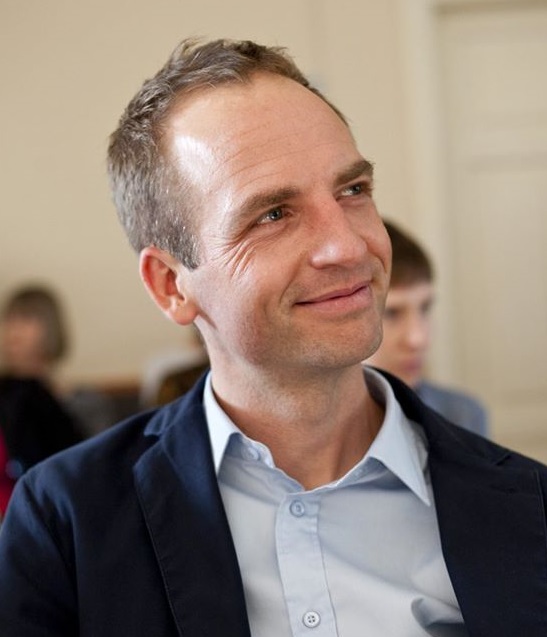
Ben Koschalka is a translator and senior editor at Notes from Poland. Originally from Britain, he has lived in Kraków since 2005.

